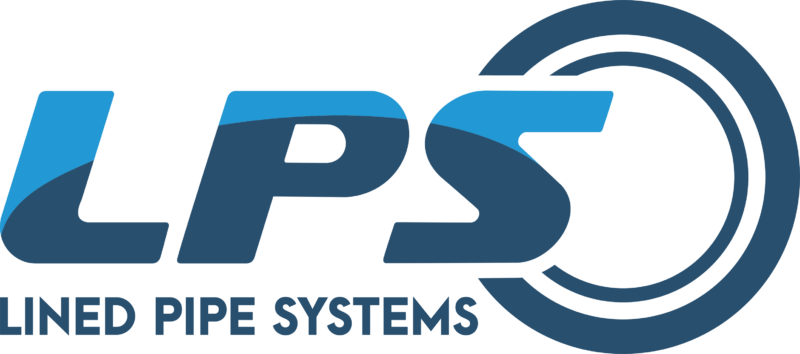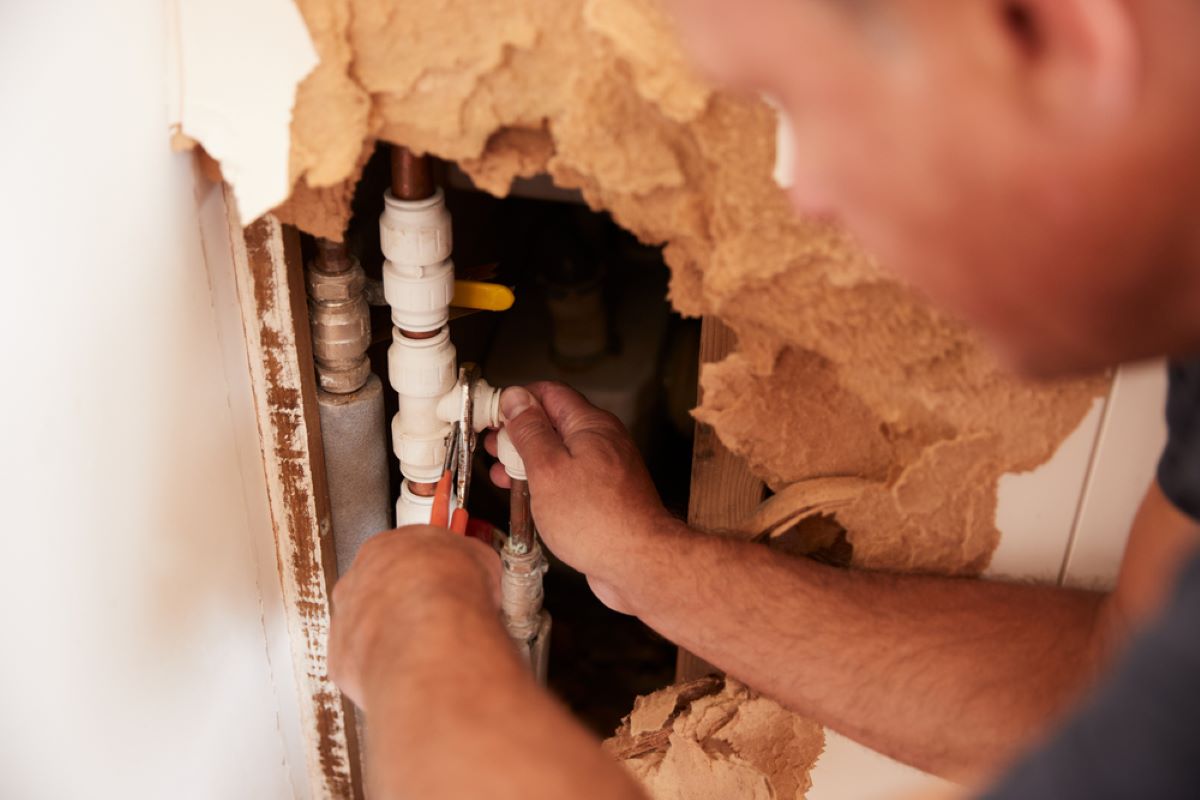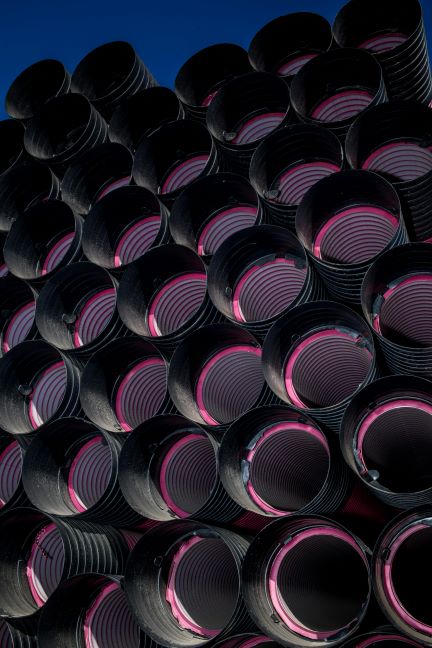Water and flood damage can cause significant destruction to homes and businesses. Whether caused by leaking pipes, storms, or natural disasters, swift action is essential to minimize long-term damage. This guide provides an overview of the key restoration services and the steps involved in recovering from water or flood damage.
What Is Water and Flood Damage?
Water damage occurs when water enters areas it shouldn’t, causing harm to structures, furniture, and belongings. Common causes include leaking pipes, heavy rains, and natural disasters. Flooding, a more severe form of water damage, occurs when water overflows, often bringing contaminants that add health risks. Both types of damage require immediate attention to prevent mold, structural issues, and further deterioration.
24/7 Emergency Water Damage and Flood Restoration Services
Water damage can occur unexpectedly, whether due to a leaking faucet, a burst pipe, or severe flooding. Acting quickly is essential to prevent costly repairs and protect your home from long-term damage. Untreated water damage can also lead to mold growth, posing health hazards and structural risks.
At linedpipesystem.com, we provide round-the-clock water damage restoration services to tackle emergencies as they arise. Our experienced team is available 24/7, including holidays, to respond promptly and minimize damage. We offer comprehensive solutions, including water extraction, drying, mold prevention, and structural repairs, ensuring your property is restored to its original condition.
Key Water and Flood Damage Restoration Services
- Emergency Water Mitigation
This involves stopping the spread of water and reducing further damage through water extraction, cleaning and sanitizing, and drying and dehumidification. - Repair and Restoration
Once the immediate damage is addressed, restoration begins with structural repairs, content restoration, and mold prevention. - Flood Damage Cleanup
Floodwater often contains contaminants, requiring extra cleanup steps like floodwater removal, decontamination, and structural repair.
Dealing with Mold and Long-Term Damage
Mold can develop within 24 to 48 hours of water damage, so mold prevention is crucial. Restoration professionals use advanced techniques to remove mold and ensure your home is free from harmful spores. They also monitor humidity levels to prevent future mold growth.
Preventing Future Water Damage
Although water-related disasters are often unpredictable, taking proactive measures can significantly reduce the risk of damage. Homeowners in flood-prone areas should consider investing in flood insurance for added protection. Regular inspections of plumbing systems, roofing, and drainage can help identify potential vulnerabilities before they escalate into serious issues. Waterproofing basements and installing sump pumps offer an extra layer of defense against flooding, ensuring your property remains secure. Additionally, during storms or heavy rainfall, moving valuable items to higher ground can safeguard them from potential water damage. By implementing these preventive strategies, you can better protect your home and belongings from unforeseen water-related incidents.
Conclusion
Water and flood damage restoration is vital for protecting your property from lasting destruction. Quick action and professional intervention can help minimize damage and ensure that your home or business is restored to its pre-damage condition. By understanding the restoration process and taking preventive measures, you can reduce the risks of future water-related issues.
For effective solutions to prevent water damage and enhance your property’s resilience, explore the innovative pipe lining systems offered by Lined Pipe Systems.





